Few watchmakers have left their mark on the world of horology like the great Abraham-Louis Breguet. He is of course the namesake founder of the Breguet brand, and many of his innovations and creations are still used in watchmaking today. In this article, I take a look at the life of this great watchmaker and some of his incredible achievements.
Abraham-Louis Breguet
Widely considered as one of the greatest watchmakers of all time, the legacy of Abraham-Louis Breguet has survived almost 200 years since he passed in 1823, and doubtless will continue long into the future. Many of his innovations are still in use today, and when you factor in that Breguet lived in the 18th and early 19th Century, it serves to stand his achievements in even greater stead.
He was born on the 10th January, 1747, in the Swiss town of Neuchâtel which was then a part of Prussia. It wasn’t until he was 15 when he became interested in horology; his stepfather was a watchmaker and had a showroom in Paris, and before long, the teenage Abraham-Louis Breguet made his way to Versailles and Paris for a watchmaking apprenticeship, during which he is said to have excelled.
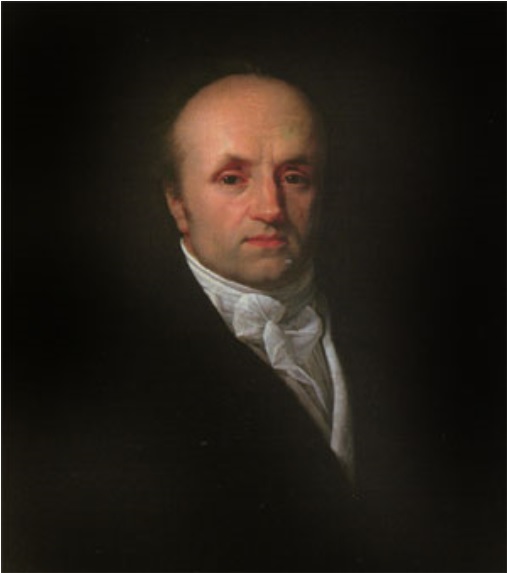
Abraham-Louis Breguet (1747-1823)
Having completed his apprenticeship, Abraham-Louis Breguet founded his own business in 1775 in Paris on Quai de l’Horloge, Ile de la Cité – interestingly, the name Quai de l’Horloge adorns the official corporate magazine of the Breguet brand today. It was from here that Breguet set to work, driven by his passion for innovation (more on his specific inventions later).
It did not take long for Breguet to establish himself as one of the finest watchmakers of his time, as in 1780 he created his “Perpétuelle”, the world’s first self-winding timepiece; the first of these was sold to the Duke of Orléans. This and other inventions earned Abraham-Louis Breguet fame and recognition, and his clients graced the elite and even Royalty, including King Louis XVI and Queen Marie-Antoinette.
The esteem with which Breguet was held amongst the watchmaking community was equally impressive. Years after having purchased the first Perpétuelle timepiece, in 1792 the Duke of Orléans travelled to England where he visited John Arnold and showed him a timepiece that he had purchased from Breguet. John Arnold is a watchmaker who today is held in similar regard to Breguet, which makes what happened next all the more remarkable – Arnold immediately visited Paris to meet Breguet and requested for his own son to serve an apprenticeship under him.
Abraham-Louis Breguet and John Arnold became good friends over the years that followed, sharing a great mutual respect for one another – Breguet even sent his own son to England to serve his own apprenticeship under Arnold.
Breguet’s rise to fame coincided with the French Revolution, and whilst he counted the King and Queen amongst his clients – he was in fact commissioned in 1783 by Queen Marie-Antoinette to create a pocket watch with every known complication at the time. Queen Marie-Antoinette never got to see the finished piece, having been executed in the French Revolution, and the piece was ultimately completed by Breguet’s son in 1827 after taking 44 years to create.
In addition to royalty, Breguet counted leading revolutionary Jean-Paul Marat, also from Neuchâtel, amongst his friends. Shortly after King Louis XVI and Queen Marie-Antoinette were executed in the French Revolution in 1793, Marat found out the Breguet too had been marked for execution, and so, assisted by his friend Marat, Breguet fled France in exile and travelled home to Switzerland. From Switzerland he travelled to England and spent two years working directly for King George III before returning to France in 1795 once political tensions had eased.
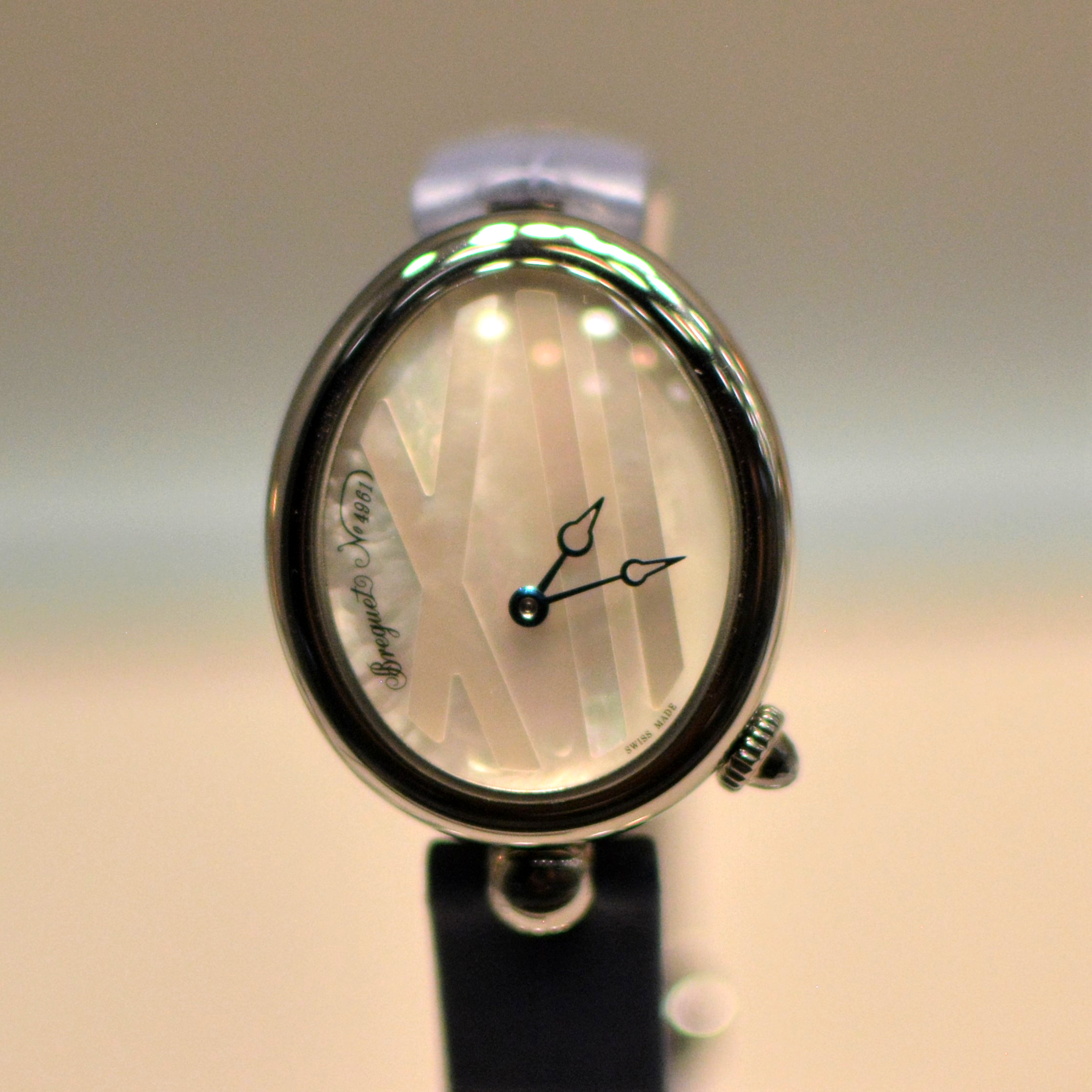
Breguet Reine de Naples 9807
Amongst Breguet’s other notable clients were Napoleon Bonaparte, and in 1810 Bonaparte’s sister Caroline, Queen of Naples ordered the world’s first wristwatch. Indeed, the current Reine de Naples collection is inspired by the piece that Caroline herself ordered from Breguet.
Away from pocket and wrist watches, Breguet harboured ambitions within other horological pursuits. In the early 1800s, he created a double pendulum clock which used the phenomenon of resonance (you can read more about that here) to keep the pendulums perfectly synchronised at opposite ends of their swing – as one pendulum swung left, the other swung right. The pendulums kept in sync thanks to resonance, ensuring that any variances in the swing of one pendulum was counter-acted by the other, serving to improve the accuracy of the clock over longer periods.
Another of his pursuits was in the field of marine chronometers (a passion shared by Breguet’s good friend John Arnold). Such was the quality of timepiece produced by Breguet, that in 1815 he was appointed as the official chronometer-maker for the French Navy by King Louis XVIII. Despite having sought over many years to refine the marine chronometer alongside the work of his contemporaries, it was only after this royal appointment that Breguet started to make marine chronometers in any significant volumes.
Indeed, it is the achievement marked by this appointment that is celebrated by the modern day Breguet Marine collection, which incorporates design features that create connotations of the ocean from the flag shape counterbalance on the second hand to the wave guilloché design on the dial.
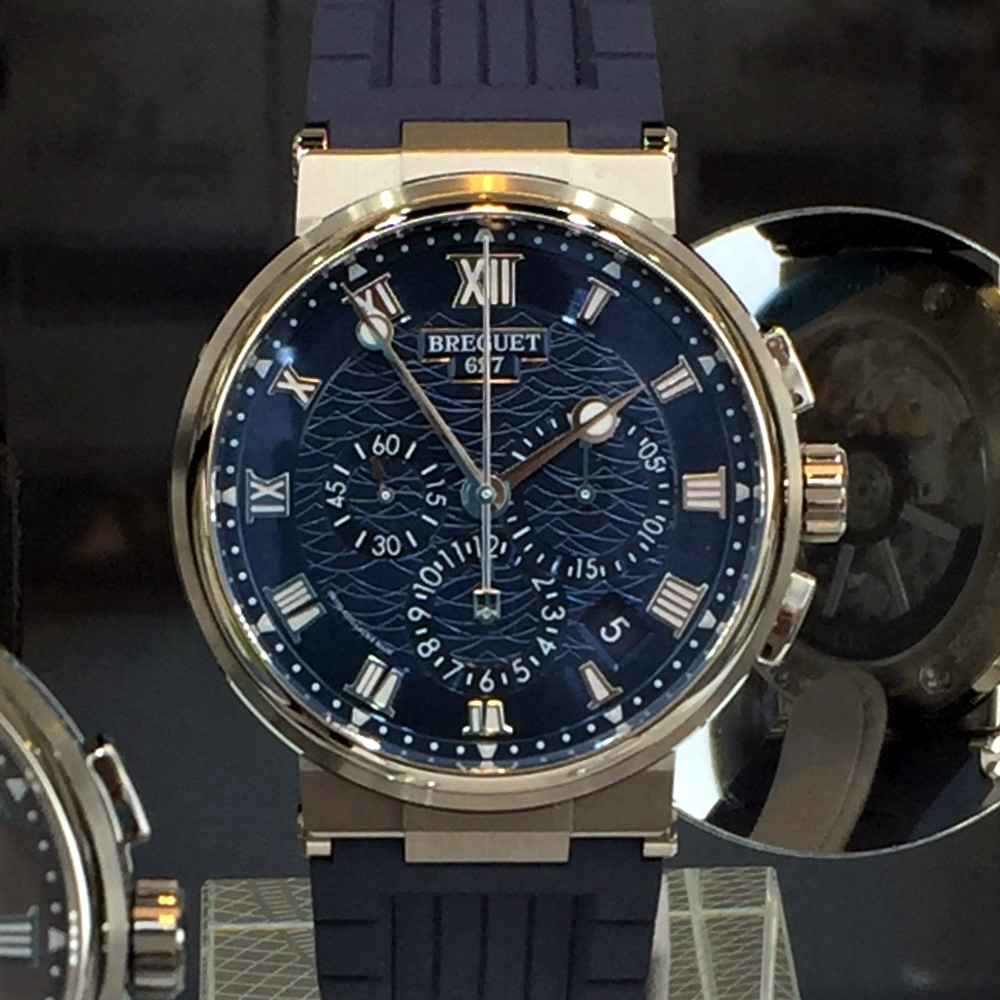
Breguet Marine 5527
In Breguet’s final years, he took on a 16-year-old apprentice named Isambard Kingdom Brunel, who ultimately went on to become one of the most influential engineers of the industrial revolution.
Abraham-Louis Breguet passed away in 1823 at the age of 76 in Paris, but he had more than left his mark on the world of watchmaking; his descendants, too, went on to notable engineers themselves. Abraham-Louis’ own son Louis-Antoine (who served an apprenticeship with John Arnold) continued the family trade of watchmaking, and his grandson Louis-François-Clement was an engineer who is recognised with the name ‘Breguet’ one of the 72 honoured on the base of the Eiffel Tower in 1889.
Abraham-Louis Breguet’s Inventions
The mark left by Breguet on the world or horology is unparalleled, so let’s take a look at some of his most famous and important inventions:
The Perpétuelle (1780)
Only five years after his business was established, Abraham-Louis Breguet had achieved something that other watchmakers of the time had not been able – he created a watch known as the “Perpétuelle”. It was the first timepiece that did not require any form of manual winding, instead introducing an oscillating weight which moved with the wearer and subsequently winding the barrels.
Breguet’s self-winding watches earned him fame throughout not just France but Europe as well, with Breguet timepieces popular choices for the elite and even royalty. This invention served to set the path for all self-winding, automatic watch movements that would follow.
Pare-chute (1790)
One of Breguet’s lesser known, but no less significant invention was his pare-chute. The purpose of this was to protect the watch movement against knocks and shocks by improving the pivots of the balance wheel; Breguet identified the pivot as a weak-spot and sought to improve its stability. He changed the shape of the pivot into something more triangular or conical and mounted them on a spring, ultimately rendering the timepiece far more resistant to everyday bumps and knocks.
This invention served as the forerunner for all anti-shock innovations in watchmaking that followed, having been the first time that anything like this had been created. The shape of the pare-chute can be seen clearly on Breguet’s ‘Souscription’ pocket watches, as well as the modern day Breguet Tradition watches – a testament to the original ‘Souscription’ pieces.
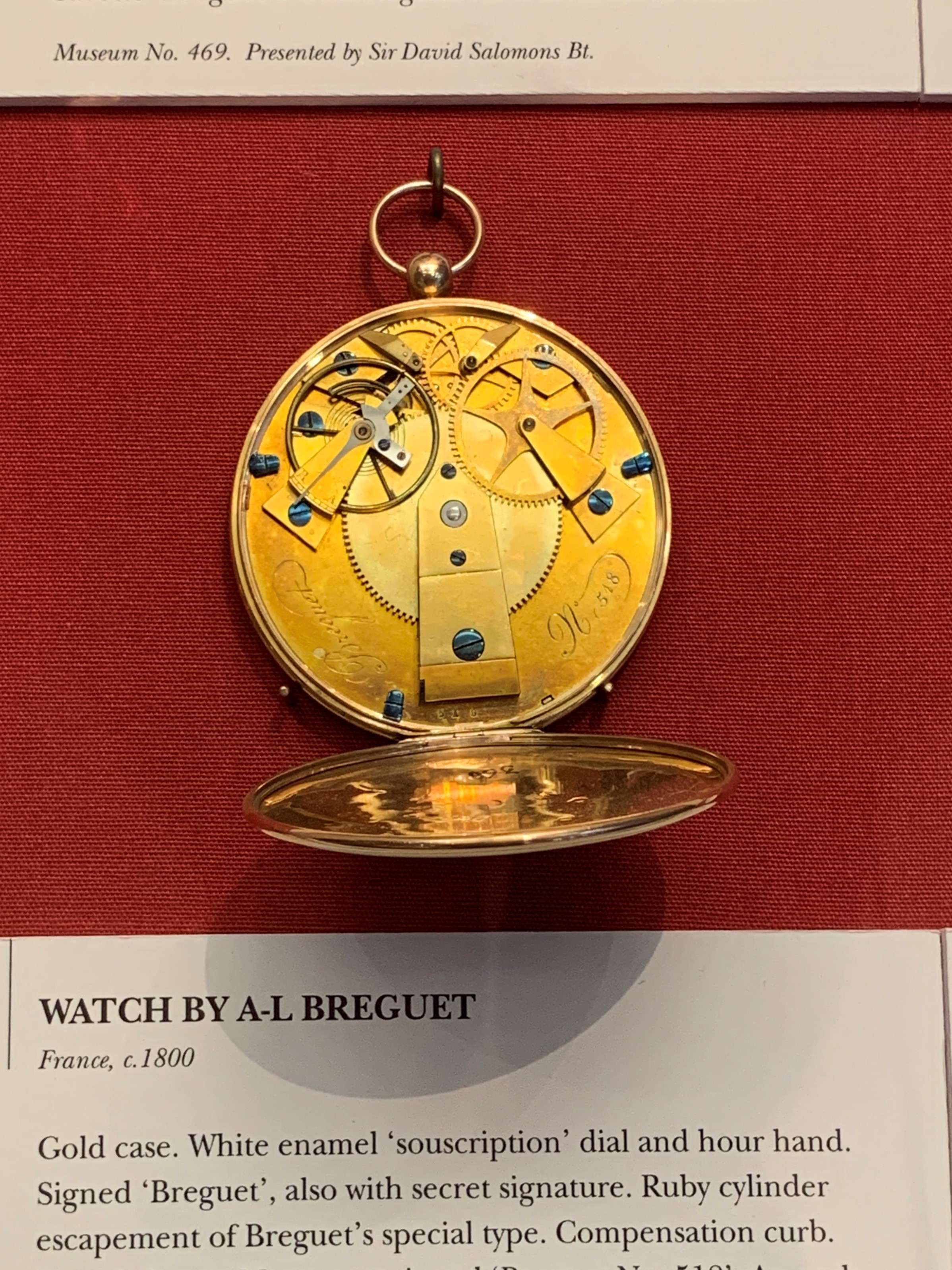
Breguet Souscription pocket watch
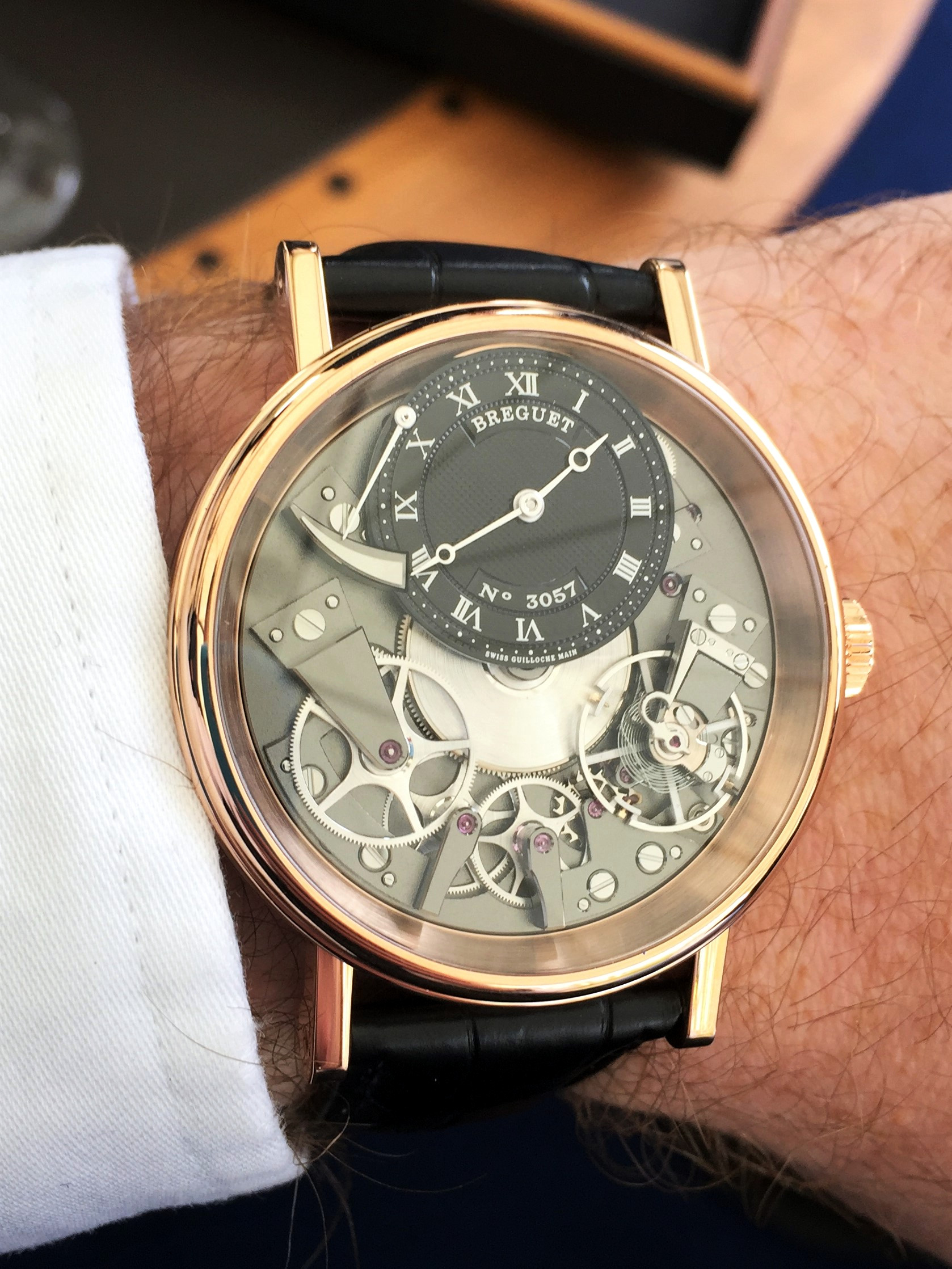
Breguet Tradition 7057
Breguet Overcoil Balance Spring (1795)
The balance spring is an essential part of a mechanical timepiece, a spring fitted inside the circumference of the balance wheel which allows the wheel to oscillate back and forth and advance the movement. The original balance springs were flat and had but a few coils, however it was enough to do what was required.
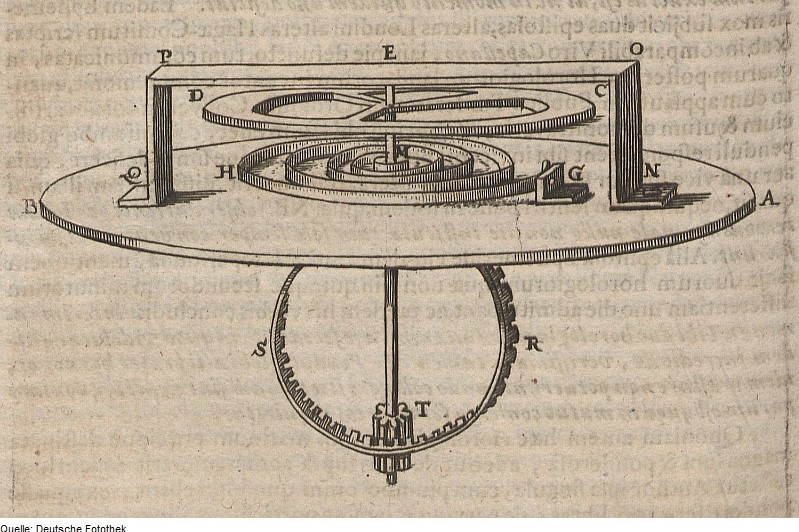
Huygens’ original balance spring

Breguet overcoil balance spring - note the increased coils and the overcoil from top-left
Breguet’s overcoil allowed for a far greater number of coils and changed the shape entirely, such that the outermost coil was lifted, the rate of curvature changed, and the coil returned to the centre point of the spring over the rest of the coil – hence the name overcoil. This made the balance spring stronger and more resolute, and is still used in balance springs today.
Tourbillon (1801)
Perhaps the most famous Breguet invention is that of the tourbillon, a complication he designed to counter the effects of gravity on the accuracy of a timepiece. When a timepiece remains in a single orientation, perhaps in a pocket, the constant force of gravity is disproportionately applied to the balance spring in one direction, which over time can have a negative impact on accuracy.
Breguet’s tourbillon introduced a cage around the balance spring, which itself rotates once per minute, designed to ensure that even when a timepiece remains in a static orientation, the gravitational forces applied to the balance wheel would be in all directions, owing to the rotation of the cage. Breguet filed his patent for the tourbillon (the French word for “whirlwind”) on 26th June 1801, although it was not presented to the public until 1806.
Today, the tourbillon remains as romantic a complication as ever, captivating to watch, and is seen more as a demonstration of skill and ability than a functional complication. You can check out my earlier article on the tourbillon here.
Breguet hands and Breguet numerals
Perhaps less technical than the previously discussed inventions, but no less impactful, were the creation of Breguet hands and Breguet numerals. Both are of course aesthetic, however both were equally a step away from the designs of the time and are still used today, and not just by Breguet – both are however referred to as Breguet hands and Breguet numerals in a testament to their creator.
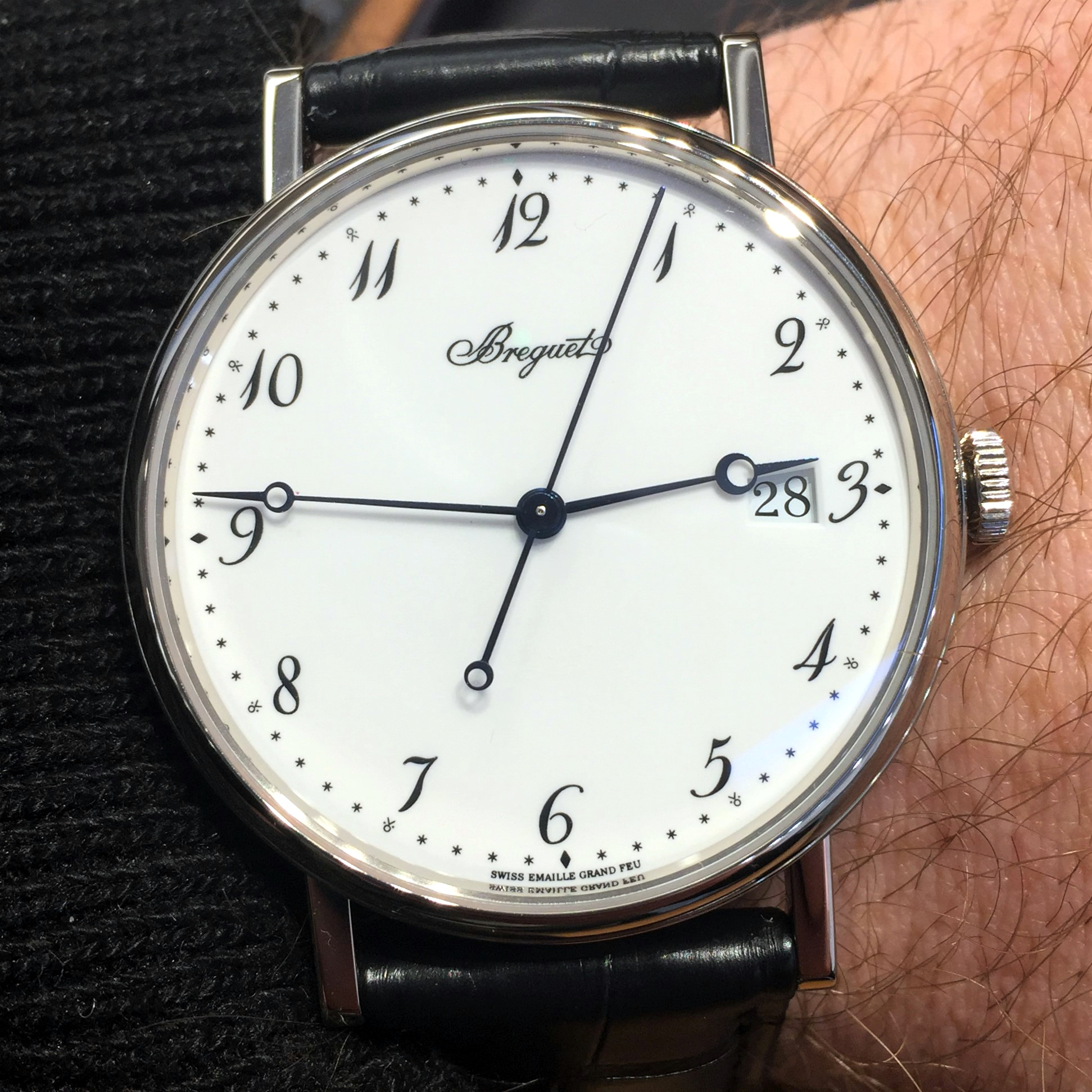
Breguet Classique 5177 with Breguet hands and numerals
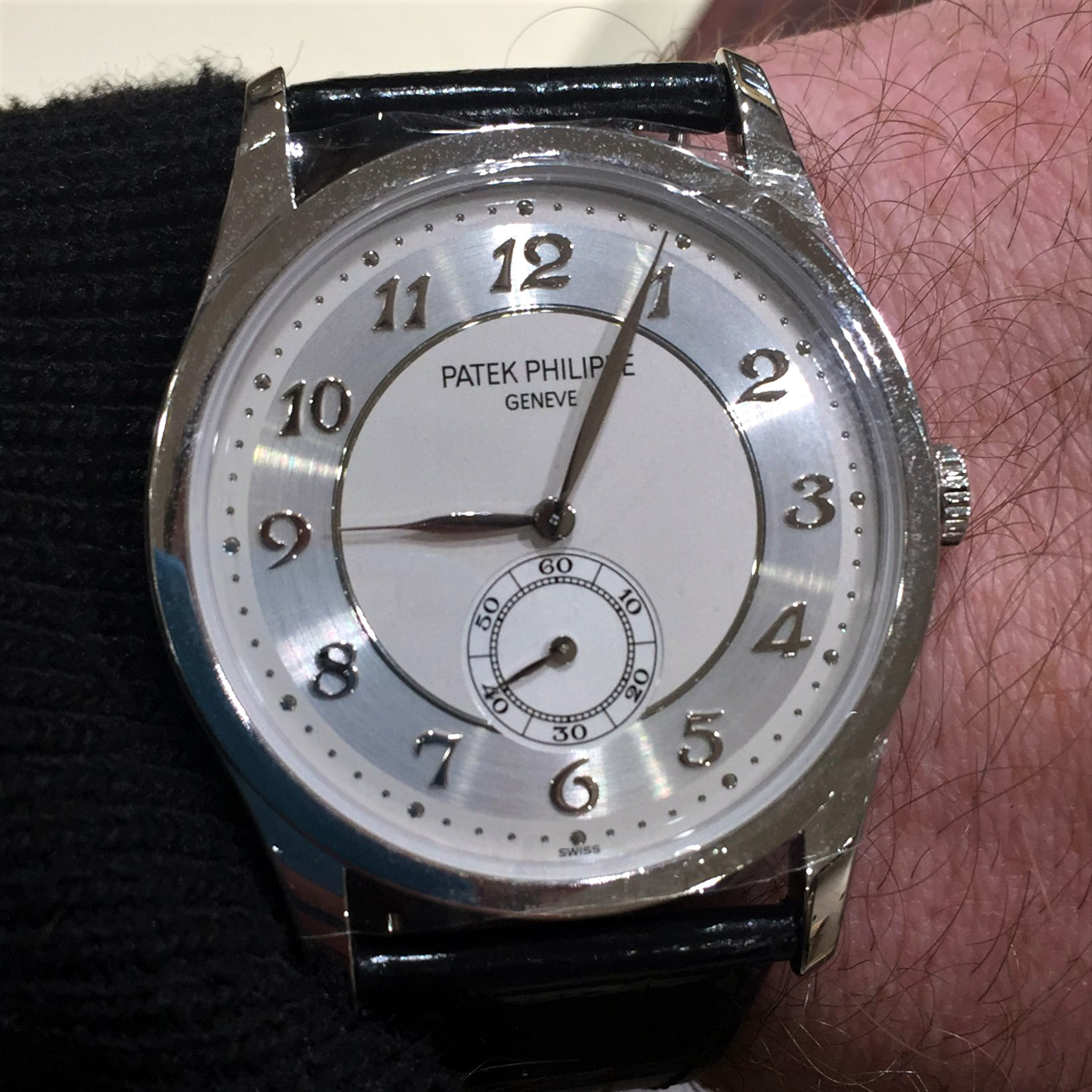
Patek Philippe Calatrava 5196P with Breguet numerals
The Breguet hands introduced a delicate hollow circle at the end of each hand, which were often blued. The numerals introduced a new style of Arabic numeral font, which on Breguet timepieces are accompanied with a small star to mark the hour.
Other Breguet hallmarks
In addition to these inventions, there are a multitude of Breguet signature touches that are often and notably associated with his work, including a fluted caseband, engine turned guilloché dials, and even a ‘secret signature’ – a tiny Breguet signature originally employed by Abraham-Louis as a sign of authenticity on his work. These are still applied today, even with enamel dials – you will just need to look very carefully and catch the dial in the right light to be able to see it.
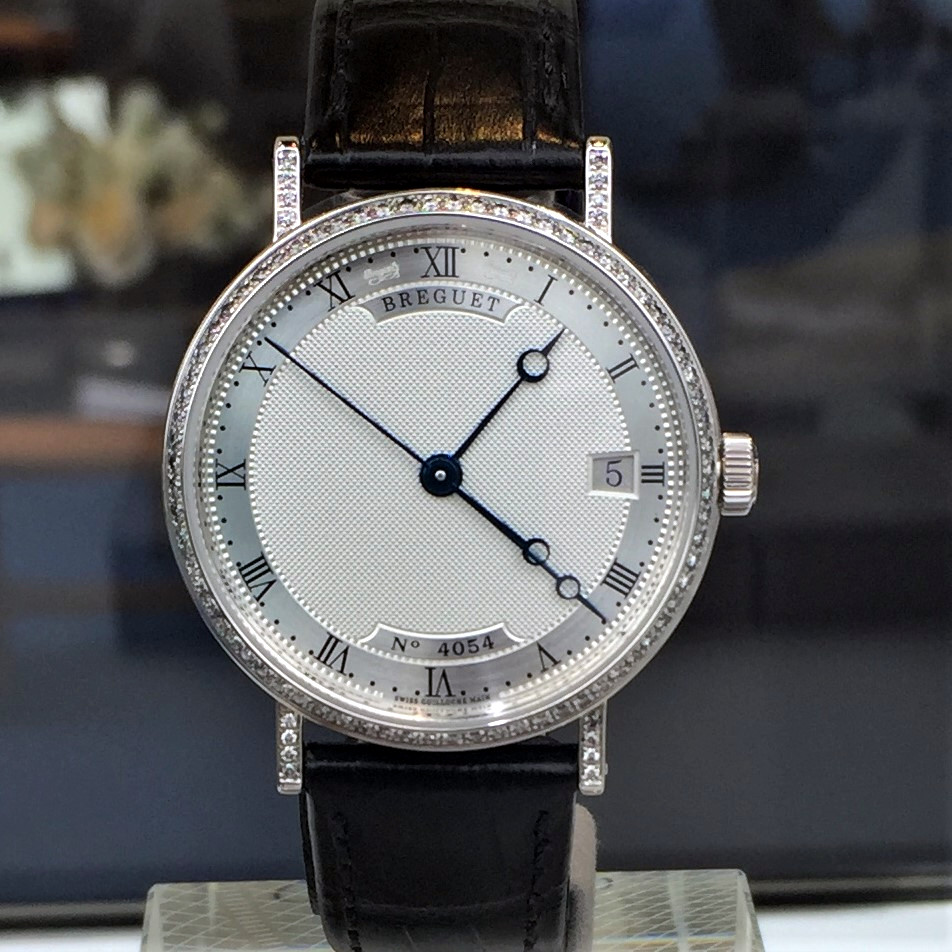
Breguet Classique 9068 with engine turned guilloché dial

Breguet Type XXI 3817 with fluted caseband
In summary
For me personally, it is this rich history that appeals so greatly and is something I find absolutely fascinating about the world of watches. Thinking about the likes of Abraham-Louis Breguet, what they were able to achieve, and both when and how they were able to achieve it, is astounding.
As much as I enjoy reading about the great watchmakers of the past, I find it more enjoyable to be able to see their work up close – a visit to any notable clock museum will invariably present the opportunity to see an historic Breguet pocket watch.
London’s Clockmaker’s Museum has several (you can read about my visit to the Clockmaker’s Museum here) and even the Patek Philippe Museum in Geneva has many Breguet clocks and pocket watches. When visiting the Patek Philippe Museum in 2019, I remember seeing a Breguet pocket watch with an enamel dial and searching for the ‘secret signature’ – sure enough, catching the dial in the right light, there it was. I’ll happily admit I had a little moment to myself there wondering how many people in the museum would have ever noticed it.
Today, the flagship Breguet boutique is in Place Vendôme in Paris, with a free museum full of historic Breguet pieces. It is also home to the archives, recording the history of every Breguet timepiece ever sold. I find something quite romantic about the thought of my own name in the archives along with some of the greatest names in history, even if they are hundreds of pages apart!
If you have any questions, please get in touch via our Contact page, or via our Instagram.
You might also be interested in:
- “It’s complicated” Part 1: an introduction to the Tourbillon
- A Visit to the Clockmakers’ Museum, London
- Watch Finishing Techniques
- Watch Stationery and Gift Ideas
- Watch Books, Watch Boxes and more at the Watch Affinity Shop on Amazon (commissions earned)
As an Amazon Associate, I earn from qualifying purchases – thank you for your support

